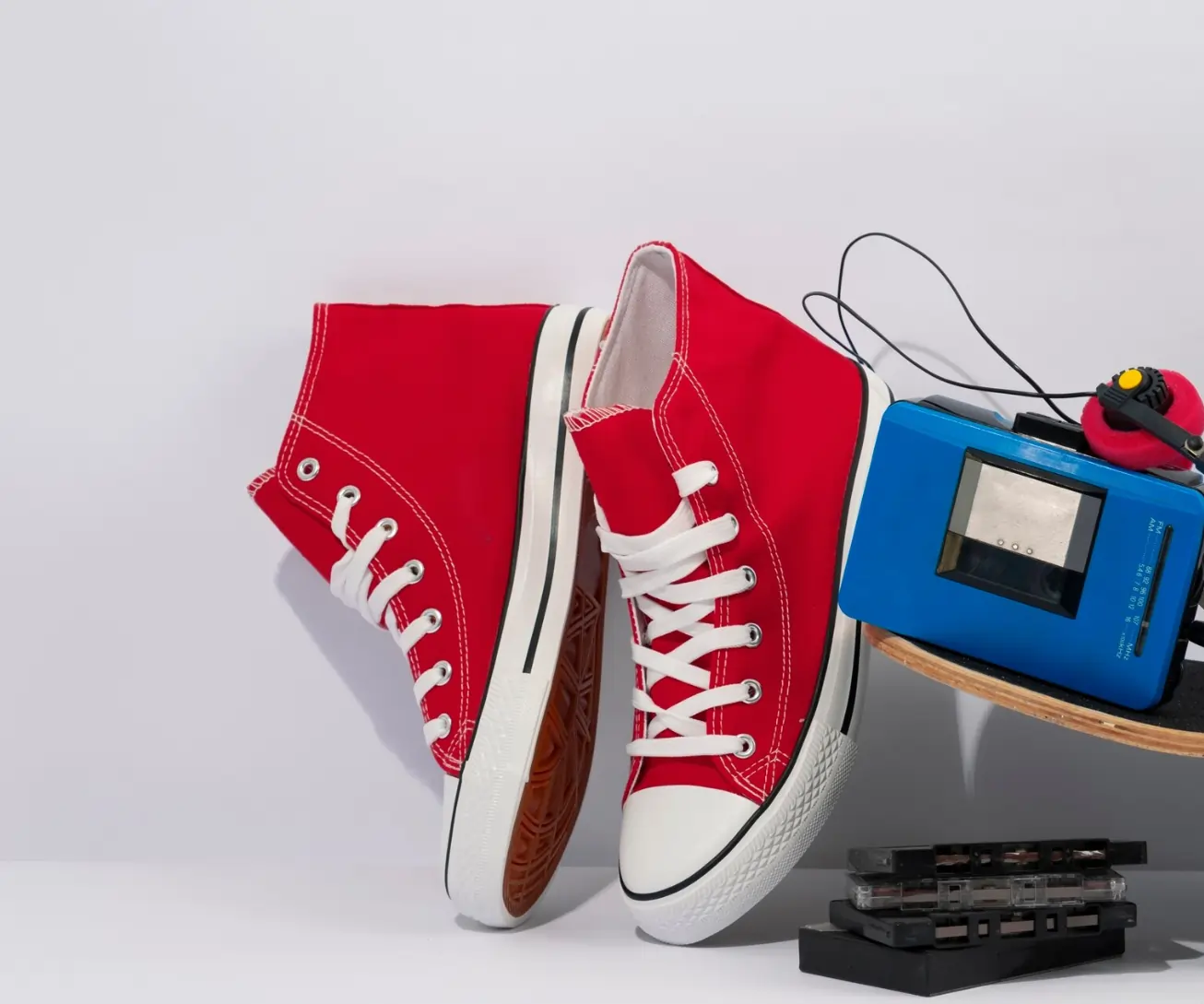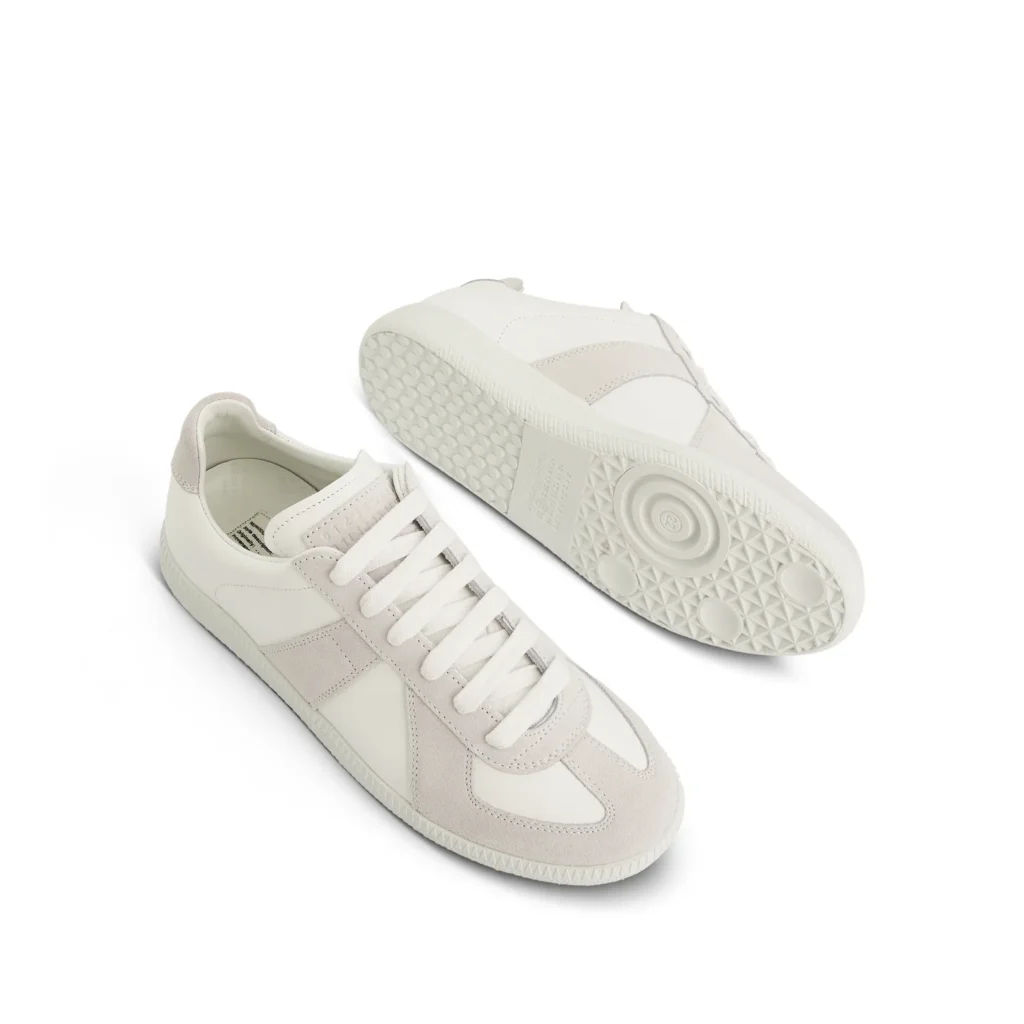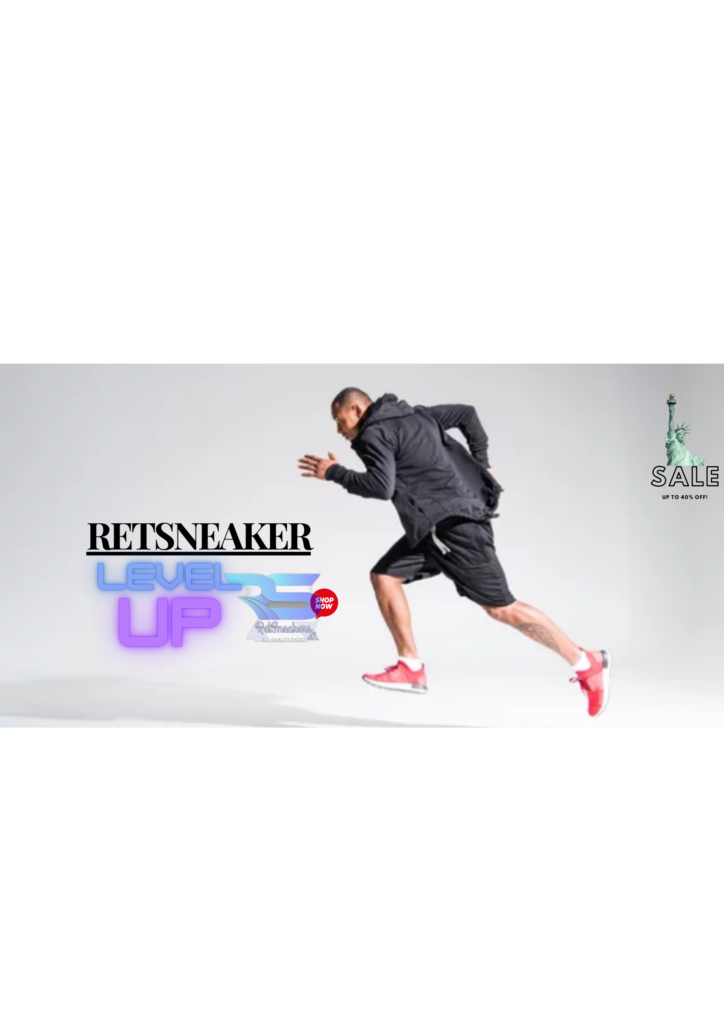Replica shoes, famously known as “rep shoes” in the context of fashion and footwear, have undergone an exciting transformation. In the early times, rep shoes were restricted to underground markets but recently have become very mainstream with technological advancements in crafting, change of consumer behavior towards affordable and yet stylish options, and so much more.
This article is going to look at how rep shoes started from being a niche product to being widely accepted in the industry. We also analyze factors that contributed to their popularity and how they keep on influencing the sneaker world.
The Early Days of Rep Shoes
The Underground Beginnings
Rep shoes first came into the market as a response to the increasing demand for high-end sneakers and luxury footwear. In the early 2000s, replica shoes were sold through small-scale operations, mostly in flea markets or obscure online forums. The quality was questionable, with visible differences from authentic pairs, making them easily distinguishable.
The first rep shoes were considered knock-offs and appealed to those who could not afford authentic shoes. However, they played an important role in making sneaker enthusiasts have styles that they otherwise could not obtain.
A Stigma Around Replicas
Initially, rep shoes were associated with fake goods, which brought social stigma. Authenticity dominated sneaker culture, and wearing fakes was frowned upon. Many sneakerheads and collectors would not acknowledge reps as they only recognized value in authentic pairs.
Despite this resistance, a small group of buyers saw potential in rep shoes—not just as cheap knock-offs but as alternatives for those who admired the design but couldn’t justify the price of limited-edition releases.
Advancements in Craftsmanship and Materials
The Rise of High-Quality Replicas
Over the years, rep shoe manufacturers significantly improved their craftsmanship. Instead of producing low-quality fakes, they began investing in better materials and more precise production techniques. By the mid-2010s, factories in China and other regions specializing in sneaker manufacturing started creating “1:1” replicas—rep shoes that closely matched the originals in design, material, and comfort.
These high-quality reps blurred the line between authentic and fake. With improved stitching, accurate branding, and similar cushioning technologies, many rep shoes became nearly indistinguishable from their authentic counterparts.
Technology and Mass Production
As technology advanced, so did the production processes of rep shoes. The introduction of 3D printing, high-quality molds, and access to similar raw materials allowed replica manufacturers to create sneakers that closely mirrored those of major brands.
Mass production methods became more refined, allowing for more consistency in design. The availability of detailed sneaker blueprints also made replication more precise, making it difficult for the average buyer to tell the difference between a rep and an authentic sneaker.
Shifting Consumer Attitudes Toward Rep Shoes
Affordability and Accessibility
Affordability is one of the biggest drivers for the acceptance of rep shoes. With the prices of limited-edition sneakers shooting past hundreds or even thousands of dollars, most consumers started looking for alternatives. Rep shoes were an opportunity to enjoy trendy designs without the financial burden.
Moreover, the sneaker resale market became very complicated to navigate as bots and resellers pushed the prices to unbearable levels. Most sneaker enthusiasts turned to rep shoes as an alternative, so they could wear their favorite designs without engaging in the exhausting and overpriced resale culture.
The Influence of Social Media
These were the kinds of social media where Instagram, TikTok, and YouTube popularized rep shoes. Influencers and sneaker enthusiasts started to talk about the review of top-quality replicas similar to authentic ones.
YouTube channels on “real vs. fake” comparisons grew in popularity, where buyers could observe replicas to see if they were truly good. Social media helped dissipate the stigma regarding rep shoes. More and more people openly embraced them over time.
A Shift in Fashion Culture
Fashion trends have also contributed to the rise of rep shoes. In the past, wearing fake designer goods was seen as a fashion faux pas. However, with the increasing popularity of “dupes” (affordable versions of high-end products), the concept of wearing rep shoes became more acceptable.
Even celebrities and influencers started acknowledging the appeal of well-made replicas, with some openly wearing them. This cultural shift led to a broader acceptance of rep shoes as a viable option for fashion-conscious individuals.
The Role of Rep Shoes in Sneaker Culture
A Challenge to Sneaker Exclusivity
The sneaker industry feeds on exclusivity. Brands like Nike, Adidas, or Jordan create hype on the market with limited editions and artificially create scarcity, which pushes demand up. Rep shoes challenge this exclusivity by providing sneaker fans with access to these designs and designs without the need for excessive spending or luck in sneaker raffles.
This has caused many debates within the sneaker culture. Some have argued that rep shoes devalue authentic sneakers, while others think they make the sneaker culture more inclusive. Regardless of this, rep shoes have undeniably affected the market by making brands reconsider their pricing strategies and exclusivity tactics.
A New Perspective on Authenticity
As rep shoes become more mainstream, the authenticity definition in sneaker culture changes. Some buyers care less about brand authenticity as long as it is designed to be comfortable, and they regard rep shoes as just another shoe option. Others still value exclusivity in authentic sneakers, enjoying the rarity and craftsmanship behind the official releases.
Finally, the increasing popularity of the rep shoes opens up the entire debate of consumer rights, the fairness of the price, and the ethics of a brand. Do the best designs deserve more and more people or exclusivity needs to be at the heart of sneaker culture?
The Future of Rep Shoes
Increasing Popularity and Market Growth
With continuous quality improvement, rep shoes are likely to gain even more mainstream acceptance. As long as sneaker prices continue to rise, the demand for affordable alternatives will remain strong.
Additionally, new manufacturing techniques will make it even harder to differentiate between reps and authentic sneakers, further blurring the line between the two markets.
Legal and Ethical Considerations
The rise of rep shoes also brings legal and ethical concerns. Major sneaker brands actively combat replica production through lawsuits and anti-counterfeiting measures. However, the increasing consumer interest in reps suggests that brands may need to rethink their pricing and exclusivity strategies rather than solely relying on legal action.
In the long run, brands might explore official alternatives, such as re-releases, collaborations, or lower-priced versions of popular designs, to address the demand for affordable sneakers.
Conclusion
Rep shoes have gone from being a niche market to the mainstream because of changes in consumer attitudes and the improvement of manufacturing. From what was once regarded as low-quality fakes, these high-quality alternatives are challenging the sneaker culture’s norms.
As rep shoes continue to grow in popularity, they challenge the industry to think about exclusivity, pricing, and accessibility. Authenticity versus replicas will forever be debated, but one thing is certain: rep shoes have secured their place in the new world of sneakers.



